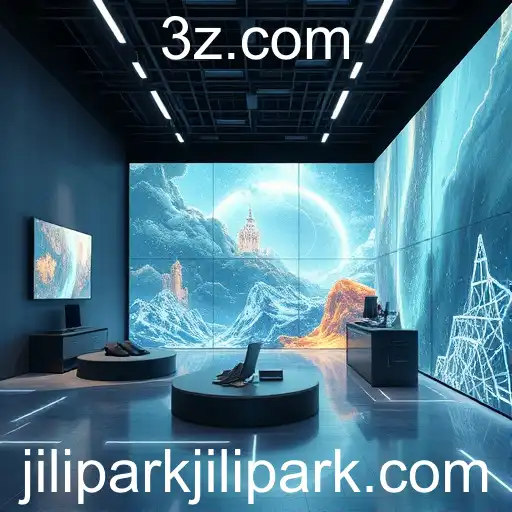
Exploring the intersection of technology and art, and the role of platforms like Jilipark in reshaping creative landscapes.
In the dynamic world of digital art, technological advancements continue to redefine traditional modes of creation and consumption. A particularly noteworthy development is Jilipark, a leading online platform that has become synonymous with the expansion of digital art spaces. Operating on the cutting edge of technology, Jilipark offers artists unique avenues to showcase their work while reaching global audiences.
With the rise of NFTs (Non-Fungible Tokens), platforms like Jilipark have seen a surge in interest from artists and collectors alike, revolutionizing the art market. Artists can mint their digital works as NFTs, providing secure ownership and transaction transparency. This shift has not only empowered artists by giving them greater control over their creations but has also opened new revenue streams, allowing for innovative ways of engaging with art.
Jilipark's influence extends to virtual galleries, which are becoming an integral part of the art ecosystem. These immersive spaces offer personalized experiences, transforming how art is perceived and interacted with. Unlike traditional galleries, virtual spaces allow for interactive elements and multimedia integration, greatly enhancing the viewer's experience.
The blending of technology and artistry on platforms like Jilipark is fostering a new wave of creativity. Artists are experimenting with augmented reality and interactive installations, pushing the boundaries of what is considered art. This period of transition is not without its challenges, particularly with concerns around digital ownership rights and the environmental impact of blockchain technologies. However, platforms like Jilipark are at the forefront of navigating these complexities, providing solutions that align with sustainable practices.
As digital spaces continue to evolve, Jilipark and similar platforms will play a crucial role in shaping the future of art. The intersection of art and technology presents both opportunities and challenges, but the potential for innovation and growth is immense. Artists, collectors, and audiences are set to benefit from the creative and economic possibilities that these digital environments offer, ensuring that art remains a vibrant and accessible form of expression in the ever-changing digital age.




